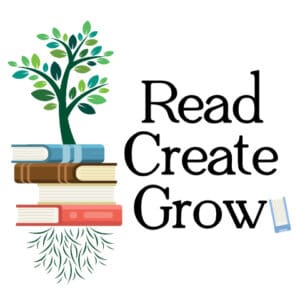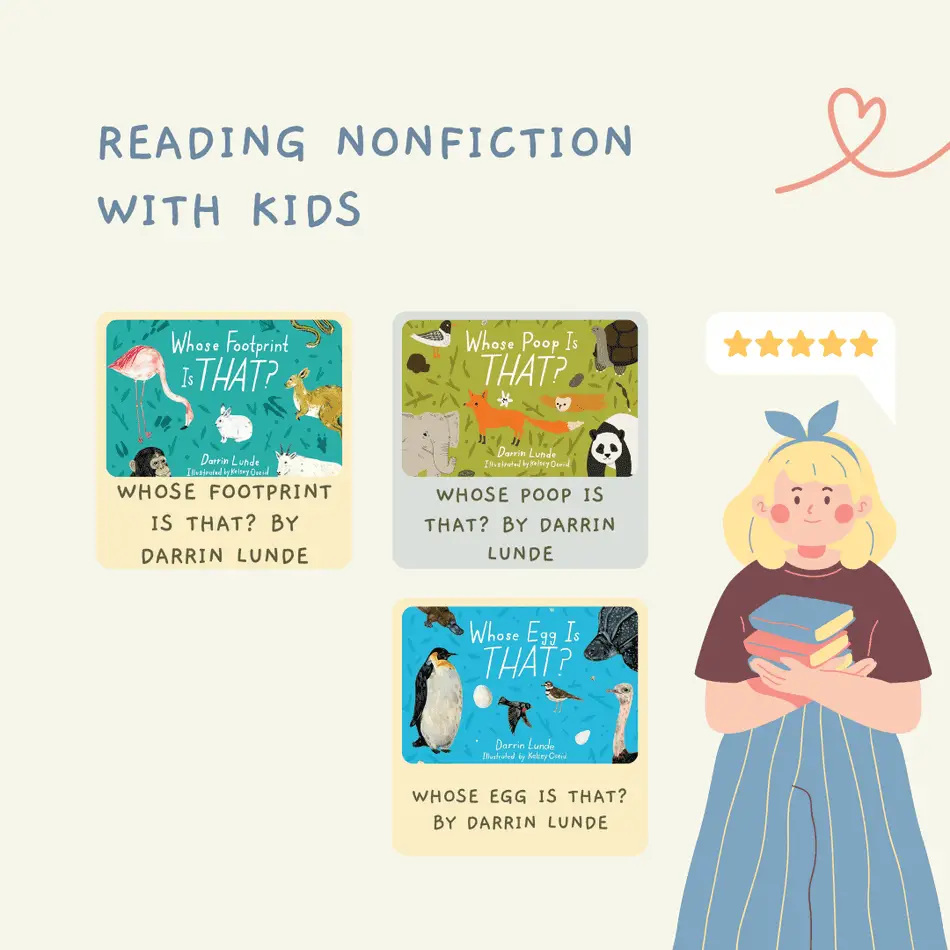Nonfiction picture books are an absolutely amazing way to introduce nonfiction reading to your child in a way that both you and your child will enjoy.
As an adult, the idea of reading nonfiction to your child may not sound particularly appealing. We envision dense text, obscure facts, and no pictures. However, reading nonfiction books to your child is incredibly beneficial for their literacy development because it builds both the literacy skill of learning to read, and possibly more critically, their general knowledge of the world.
Children who have more books read to them have better general knowledge because adults are typically reading books to their child that are above the child’s reading level. If your child already knows information, decoding a word becomes easier, as does retaining its meaning.
The nonfiction format allows there to be space for conversation as well. While many are told as a story, plenty provide space to pause and discuss without losing the flow of the reading. Building in time for dialog with your child develops their understanding of the world, how to have conversations, as well as the bond between you and your child as they ask you questions and you search for answers together. Being able to have a dialog about “fun” topics builds a framework you need to have conversations about sensitive or controversial topics as your child grows up.
If you’re looking for some place to start, “Whose Footprint is That?” by Darrin Lunde, Illustrated by Kelsey Oseid is a great gateway to nonfiction kids books.
Whose Footprint is That?
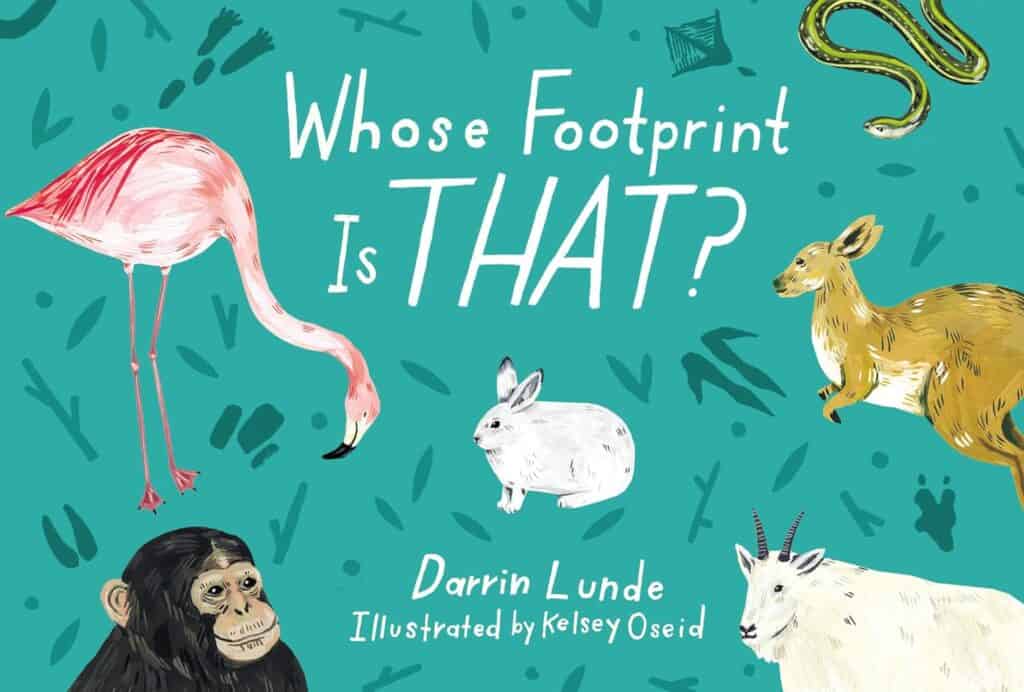
The beauty of this book is it’s simplicity, making it accessible for preschoolers through first grade. The question repeats, “Whose footprint is that?” while showing a nose or tale, and the shape of a footprint with a description of it’s shape. The next page answers with a full illustration of the animal in it’s natural habitat along with a few more sentences about the animal. Preschoolers like to see the pictures of the animals, kinder and first graders like to guess what is coming. Adults will enjoy the beautifully painted illustrations and the text that invites conversation.
Expand the conversation with your child by asking what else they might know about a certain animal, or reading more about a certain animal that has peaked their interest. The book ends with human footprints, you and your child can take the learning outside and try out making different kinds of footprints with different kinds of shoes and compare them to the animal tracks.
If you enjoy this title then be sure to check out the other two titles in the Whose is THAT series.
Whose Poop is That?
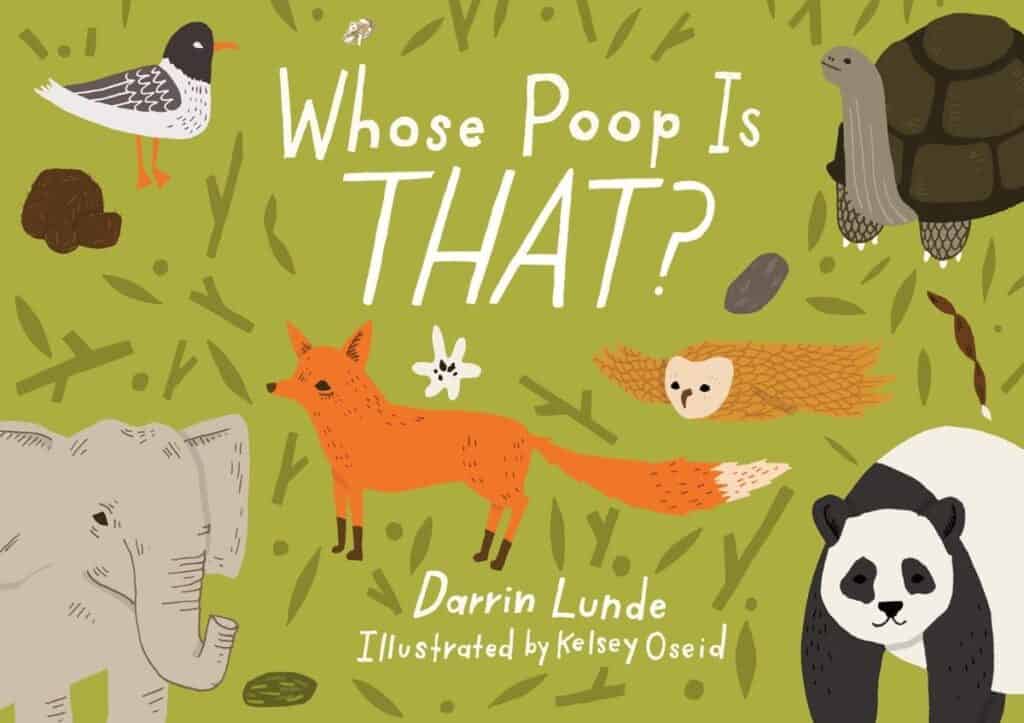
If you have a toddler or young child, you’re probably going to be talking about poop anyways. It might as well be educational.
Whose Egg is That?
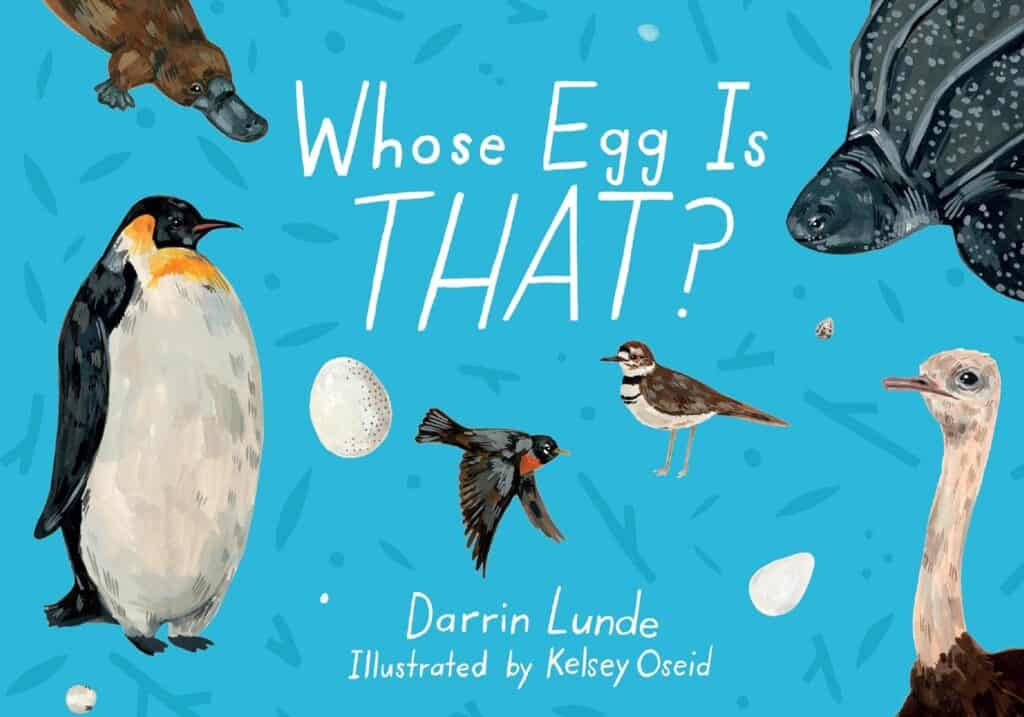
The 2023 addition to the Whose is THAT series explores seven different types of eggs and how they are connected to and effected by their habitats. Use this book as an introduction to caring for the environment or exploring local habitats.
Reading nonfiction can take practice, but it’s worth the effort in the long run. The majority of your child’s school career will be based on nonfiction text, whether that is in a language class or testing their reading comprehension in math class with word problems. Exercising the muscle of processing a nonfiction text early on will set them up for success later in school. Might as well make it fun!
